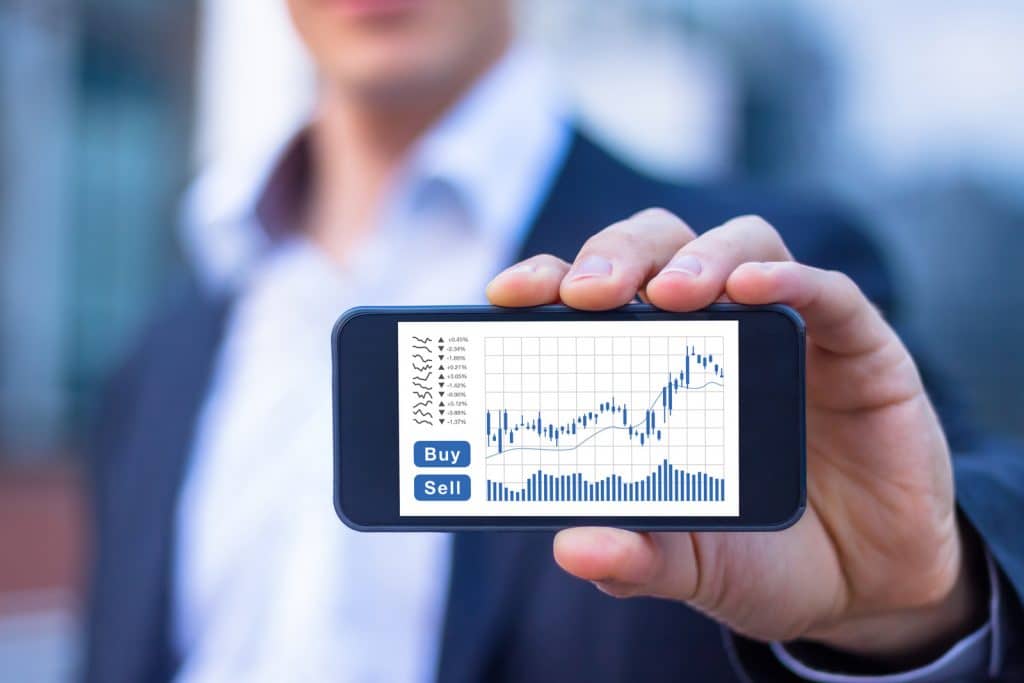Best Forex Indicator

Introduction
The best forex indicator helps traders identify market trends, entry and exit points, and potential reversals with greater accuracy. This article explores top forex indicators used by professionals, how they work, and how traders can apply them to improve trading decisions.
Moving Average (MA)
Moving Averages smooth out price data to help identify the direction of the trend.
- Simple Moving Average (SMA): Calculates the average price over a set period.
- Exponential Moving Average (EMA): Gives more weight to recent prices, responding faster to price changes.
- Use: Traders use MAs to spot trend direction and crossovers as signals for buying or selling.
Relative Strength Index (RSI)
RSI measures the speed and change of price movements to indicate overbought or oversold conditions.
- Scale: 0 to 100; above 70 indicates overbought, below 30 indicates oversold.
- Use: Helps traders spot potential reversal points or trend strength.
Moving Average Convergence Divergence (MACD)
MACD is a momentum indicator showing the relationship between two moving averages.
- Components: MACD line, signal line, and histogram.
- Use: Crossovers of MACD and signal lines indicate potential buy or sell signals.
Bollinger Bands
Bollinger Bands consist of a middle moving average and two bands above and below representing standard deviations.
- Use: Bands expand and contract based on volatility. Price touching bands may signal reversals or continuation.
Stochastic Oscillator
This indicator compares a security’s closing price to its price range over a period.
- Scale: 0 to 100; readings above 80 indicate overbought, below 20 oversold.
- Use: Helps identify potential trend reversals.
How to Choose the Best Indicator
- Combine Indicators: Using more than one indicator can improve signal accuracy.
- Test and Adapt: Backtest indicators on your trading style and timeframe.
- Avoid Overloading: Too many indicators may cause confusion and conflicting signals.
Real-World Application and Insights
Traders report that EMA combined with RSI provides reliable signals in trending markets. Verified testing shows MACD effective in momentum-based strategies. Bollinger Bands are popular for volatility assessment.
Key Takeaways
- Moving Averages, RSI, MACD, Bollinger Bands, and Stochastic Oscillator are top forex indicators.
- Each indicator serves a different purpose; combining them enhances trading decisions.
- Testing and adapting indicators to personal strategies is crucial.
- Avoid indicator overload to maintain clear trading signals.
Frequently Asked Questions
What is the easiest forex indicator to use?
Moving Averages are simple and effective for identifying trend direction and are easy for beginners.
Can forex indicators predict price movements accurately?
No indicator predicts with 100% accuracy; they help assess probabilities and should be used with risk management.
How many indicators should I use in my strategy?
Two to three complementary indicators are recommended to avoid conflicting signals.
Are indicators more effective on certain timeframes?
Indicators can be applied across timeframes, but effectiveness varies; backtesting on your timeframe is essential.
Should I rely solely on indicators for trading decisions?
No, indicators should be combined with price action, fundamentals, and sound risk management.
Conclusion
The best forex indicator depends on your trading style, market conditions, and timeframe. Using popular indicators like Moving Averages, RSI, and MACD together can provide actionable insights. Test and adapt these tools carefully, combining them with strong risk management to improve trading success.

